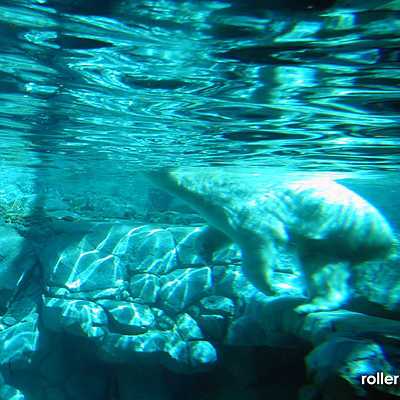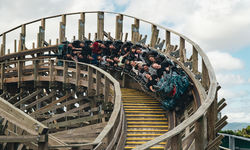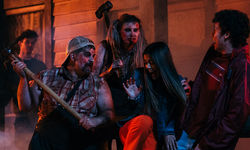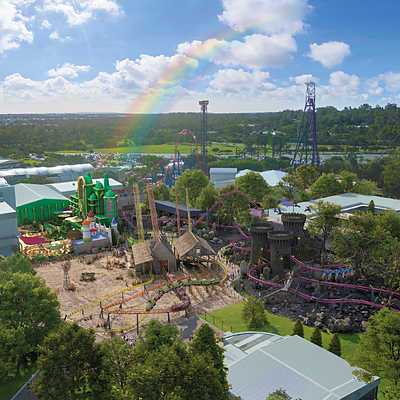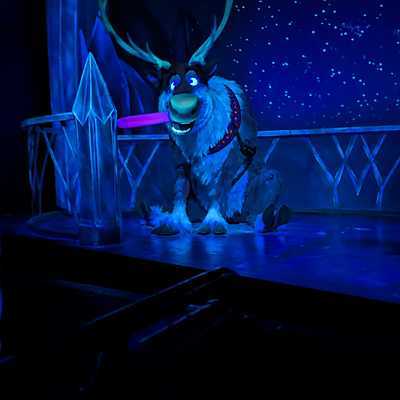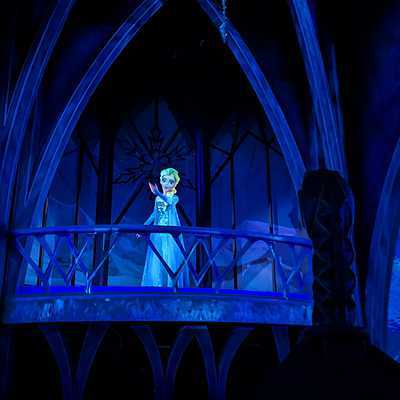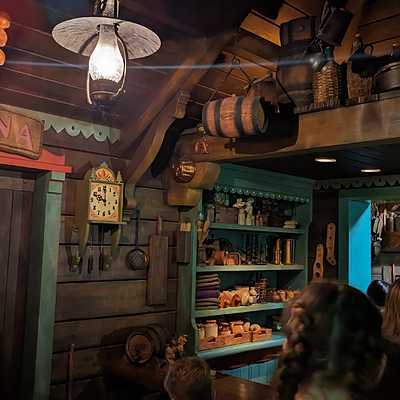Cub TV comes to Sea World
The Sea World team have been closely watching Liya and her cub on state-of-the-art monitors since birth and now guests at the park can share this experience with the launch of 'Cub TV'.
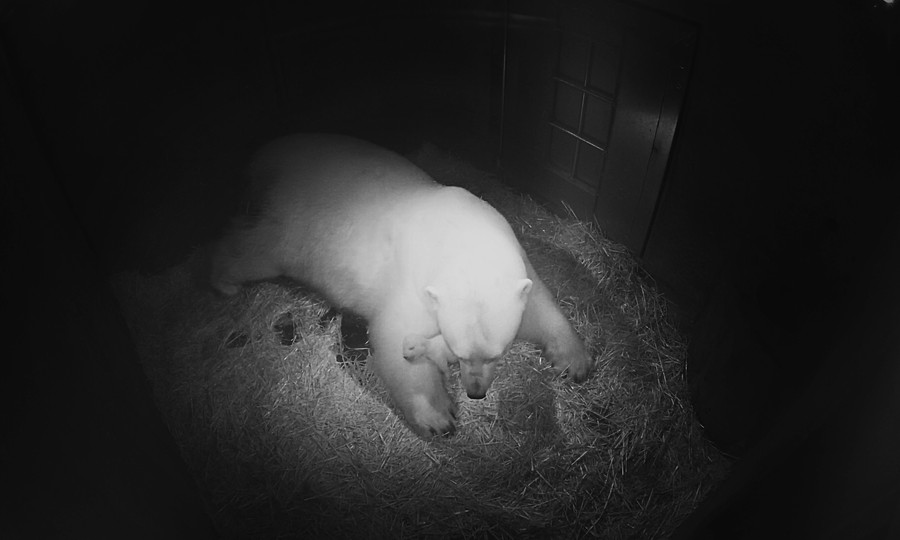
'Cub TV' provides Sea World guests with an exclusive look into the maternity den as well as a series of feature stories on the cub's development on a large screen in the Sea World Plaza and on a number of screens at Polar Bear Shores.
The cub, born on the 26th of April, is doing well with Liya displaying positive and confident maternal behaviours.
Sea World Director of Marine Sciences Trevor Long said the cub is growing quickly and Liya is constantly caring for the cub, making sure there is milk to suckle when needed.
"The cub has almost doubled in size from the birth weight of 600 grams to what we estimate to be more than a kilo," he said.
"The cub's appearance is now also beginning to change with the natal coat of fur being replaced with an undercoat and the nose developing the trademark black pigment. We are also seeing the cub's eyes opening meaning it should develop visual orientation in the next 2 weeks.
"While the first 150 days are critical, we are preparing to celebrate many of the cub's milestones including announcing the gender, naming and introducing Liya and the cub to the Polar Bear Shores exhibit.
"There are some very touching and thrilling moments happening in the den every day and I'm excited that everyone can share that with us now through Cub TV."
Sea World guests can also keep up-to-date with Sea World's first-born cub, Henry who now resides at the Cochrane Polar Bear Habitat in Canada who have set-up a live webcam. For more information visit https://polarbearhabitat.ca/.
The Polar Bears at Sea World are ambassadors for their species and play a vital role in raising awareness of the effects of global warming. Current research indicates that Polar Bear numbers in the wild are declining, with 20,000 – 25,000 bears remaining worldwide.
Featured in this article
Recent articles

Now trending

